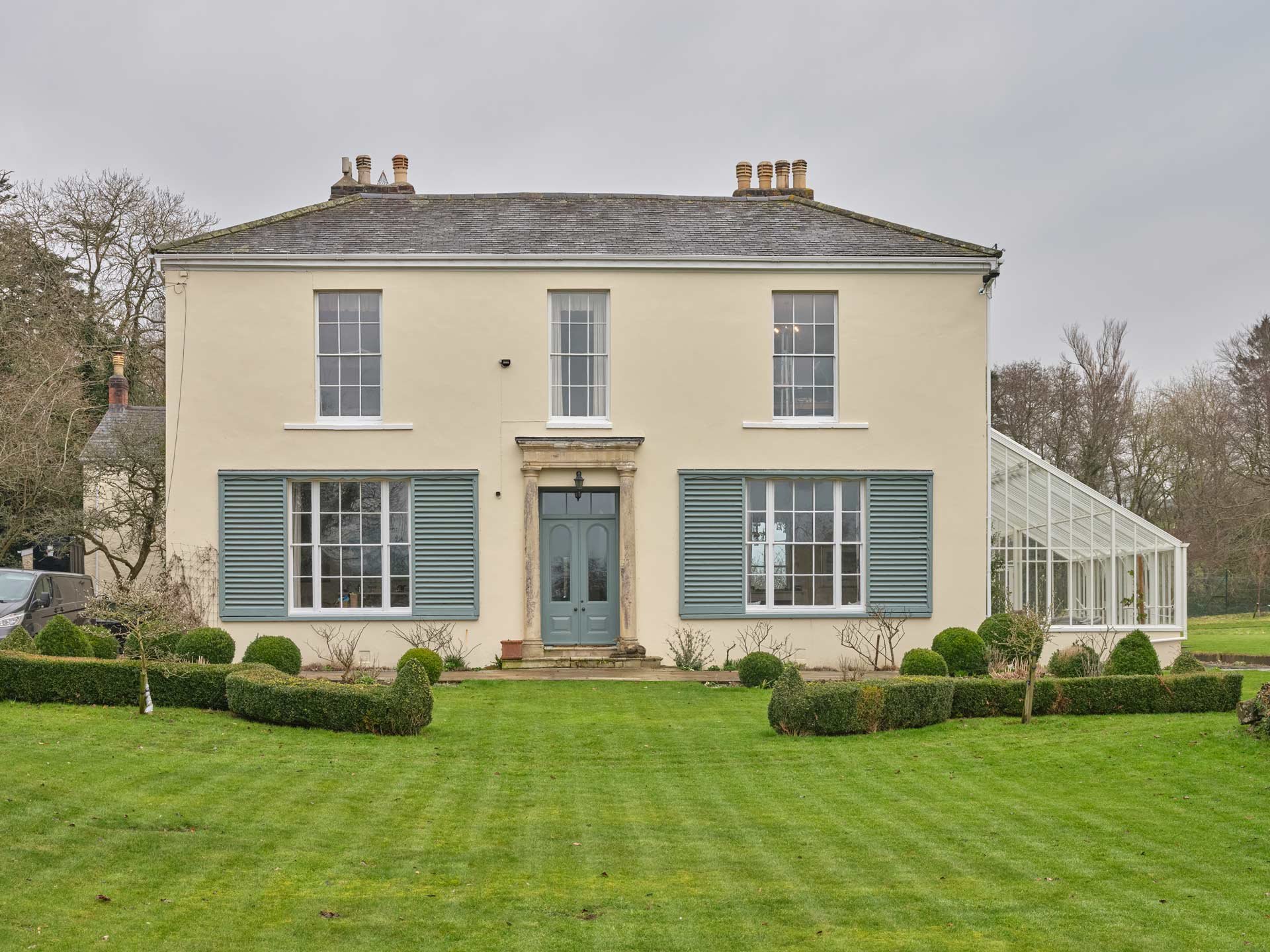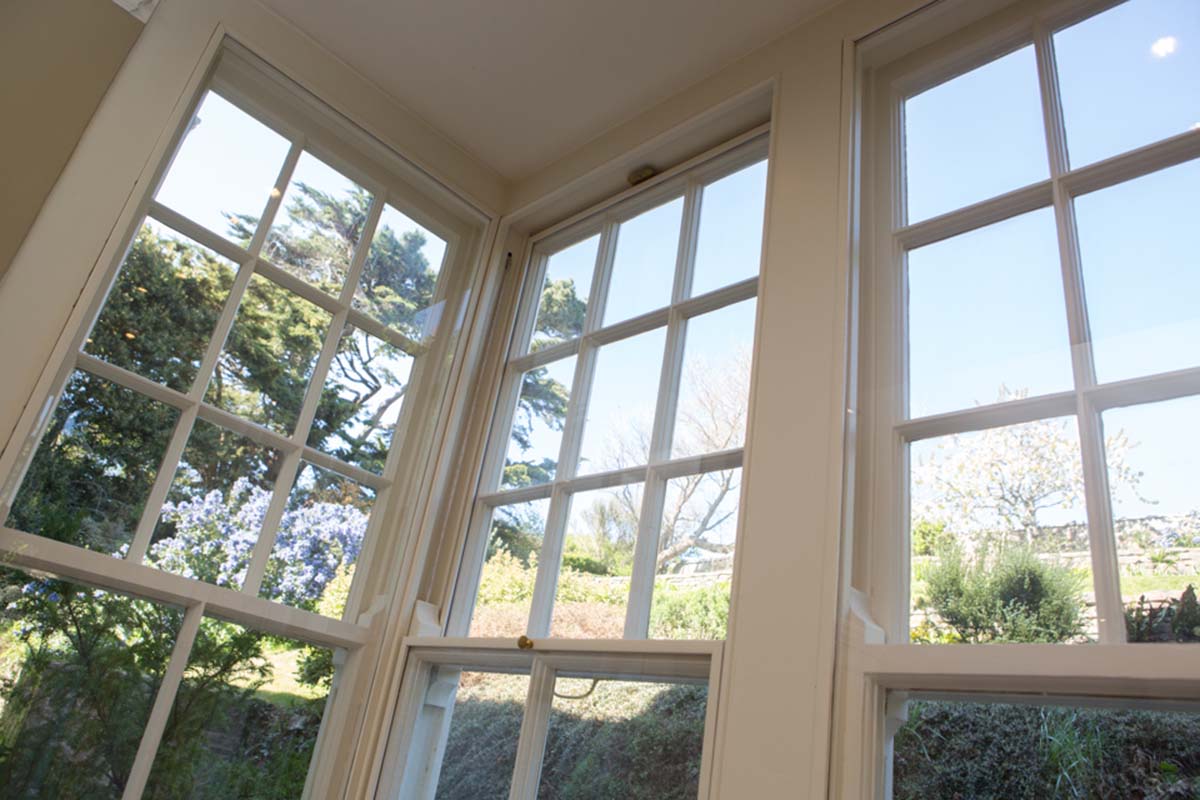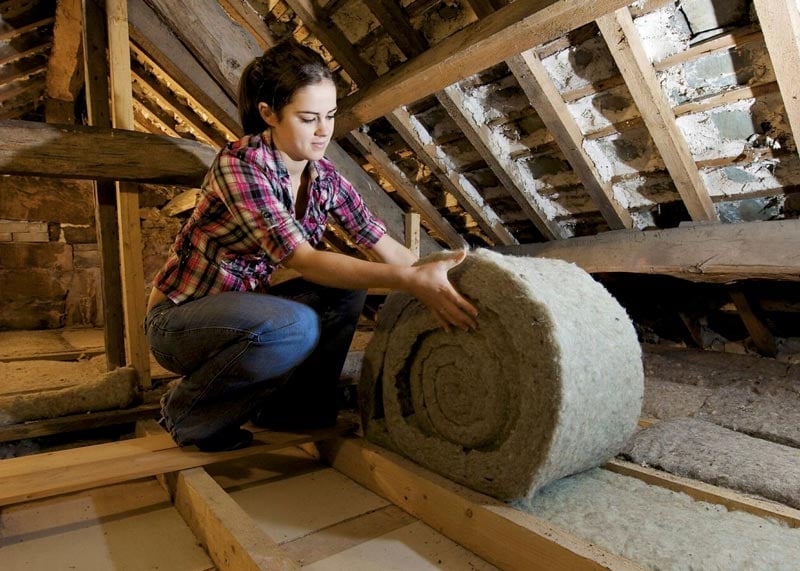If you own a period property and struggle with heat loss from single glazed windows it might be time to invest in a long-term draught-proofing solution.
In this guide, you’ll find out more about window insulation options in Grade 2 listed buildings and whether permission is required to carry out the work.
How do you insulate windows in a Grade 2 listed building?
Most Grade 2 listed buildings have single glazing which can lead to draughts and heat loss unless measures are taken to make them more energy efficient.
Simple, short term fixes for insulating single glazed windows is to use traditional draught-proofing strips, brush pile strips, or draught-excluding sealants to seal gaps around the window frames and sashes. You can also hang heavy curtains or drapes to improve insulation.
However, the most effective long-term solution is to have secondary glazing professionally installed. This involves adding a discreet additional layer of glass or acrylic, which creates a thermal barrier without altering the exterior appearance of the windows.
Mitchell & Dickinson’s CosyGlazing, is an example of advanced secondary glazing. This product, which was designed specifically for period and listed properties, will reduce heat loss by as much as 70%, without altering the aesthetic character of your property.
Should I replace or retrofit windows in a Grade 2 listed property?
In the UK, listed buildings are protected by legislation, and alterations to them, including changes to windows, are subject to specific regulations.
First of all, you should check with your local planning authority whether or not you need listed building consent before making any changes to your windows. They can provide guidance on acceptable alterations and requirements for listed building consent. Failure to obtain the necessary consent could result in legal consequences.
If possible, it’s better to preserve the original windows in a listed building. If the existing windows are in poor condition, consider repair and restoration with a company like Mitchell & Dickinson, rather than replacement.
However, when replacement is necessary, the new windows should match the original in terms of design, materials, and appearance. Like-for-like replacement helps maintain the building’s historic character. Ensure the replacement windows replicate the original architectural details, including proportions, mouldings, and any distinctive features.
Consider using heritage or slimline secondary glazing options, such as Mitchell & Dickinson’s advanced CosyGlazing, to improve energy efficiency without compromising the appearance of the windows.
If in doubt, seek professional advice from conservation architects or heritage consultants who specialise in working with listed buildings. They can guide you through the process and help design solutions that comply with preservation standards.
Do I need permission to put double glazing in a Grade 2 listed building?
Yes, you usually do need permission before installing double glazing in a Grade 2 listed property. This is because these buildings are protected for historical significance. Most proposals for adding double glazing to a listed building require listed building consent, which is determined by your local planning authority.
First of all, it’s worth checking Historic England’s website to see if your property is listed on The Natural Heritage List for England. (Your solicitors should have already alerted you to this fact when you bought the property, but if you have inherited it, you might be less sure.) If your home is listed or in a conservation area with an Article 4 direction that states planning permission is needed, you will need to contact your local council for planning consent.
However, if you are planning on repairing the original windows, rather than replacing them completely, you may not require permission. “Permitted development” repairs you can carry out without consent include painting frames, draught sealing or repairing timber frames (if no parts need major work or replacement). These repairs should be invisible and not change the look of the property in any way other than restoring them.
In most cases, secondary glazing products, such as Mitchell & Dickinson’s CosyGlazing, is considered a “permitted development” and doesn’t require planning permission. This is because you are keeping your original single-glazed windows and adding an invisible extra layer. However, exceptions may apply. We recommend checking with your local planning authority for specific guidelines. Historic England also have a useful guide ‘Traditional Windows: their care, repair and upgrading’, which provides guidance for building professionals and property owners.










